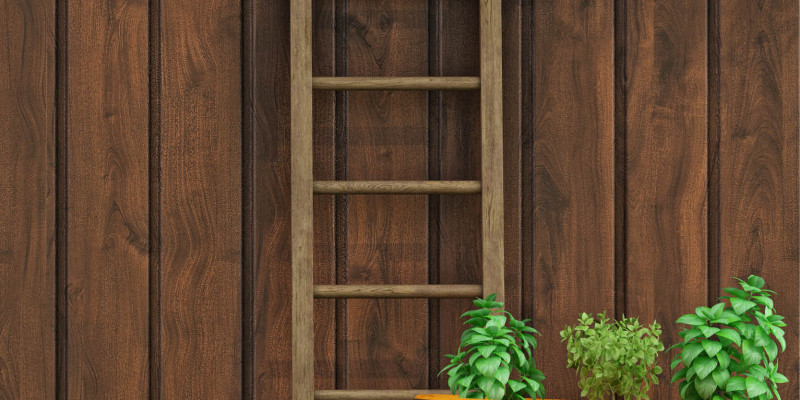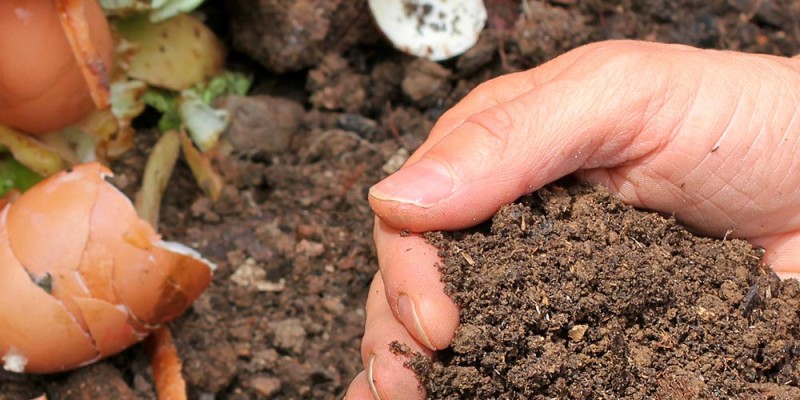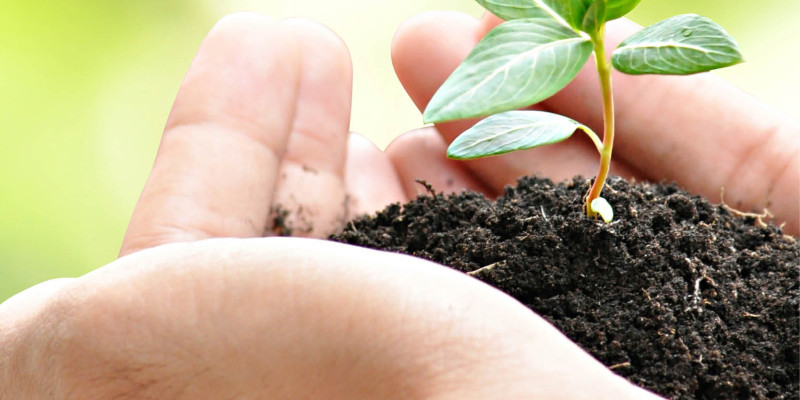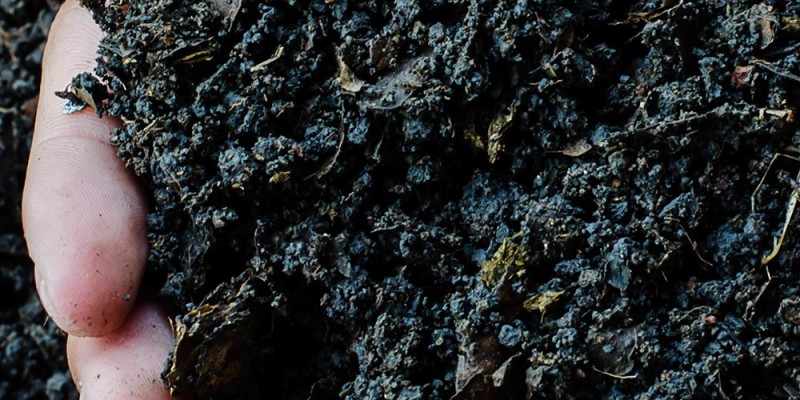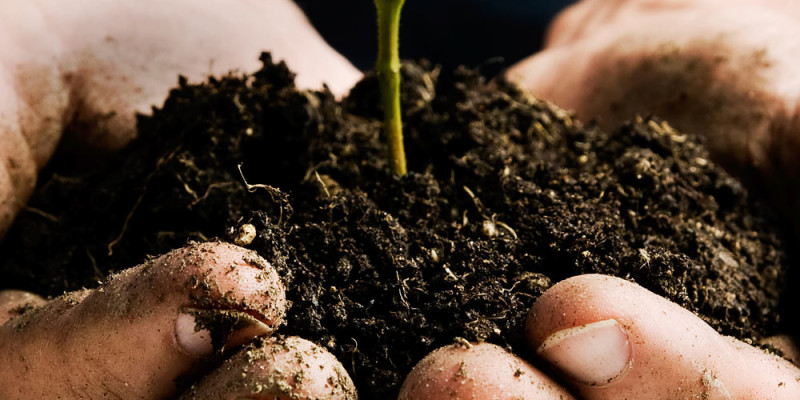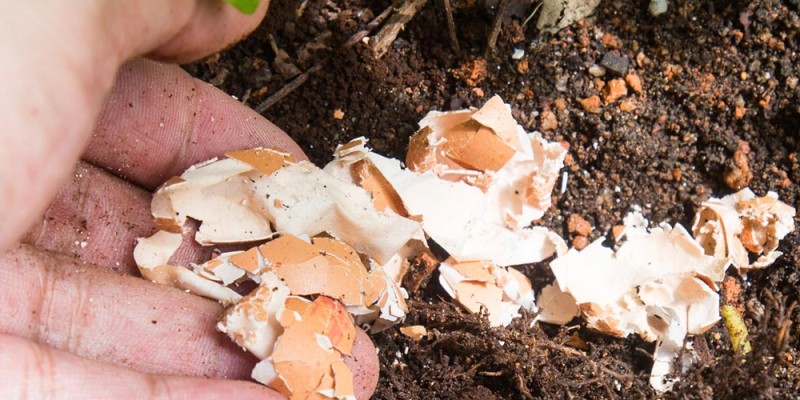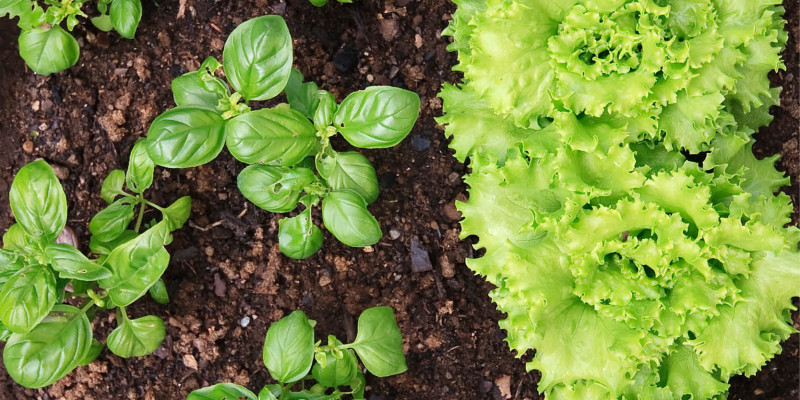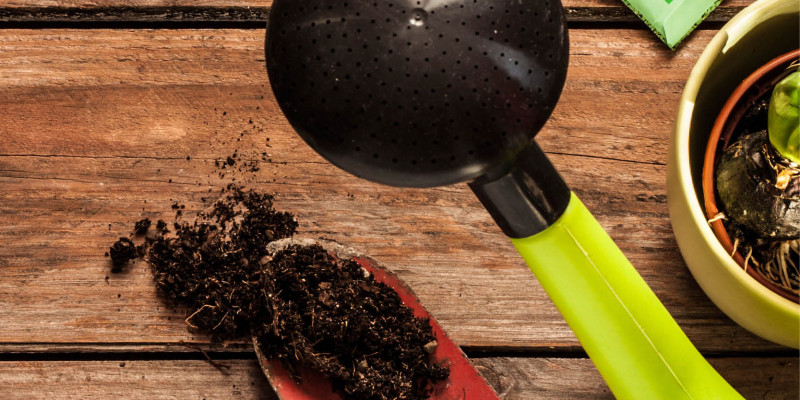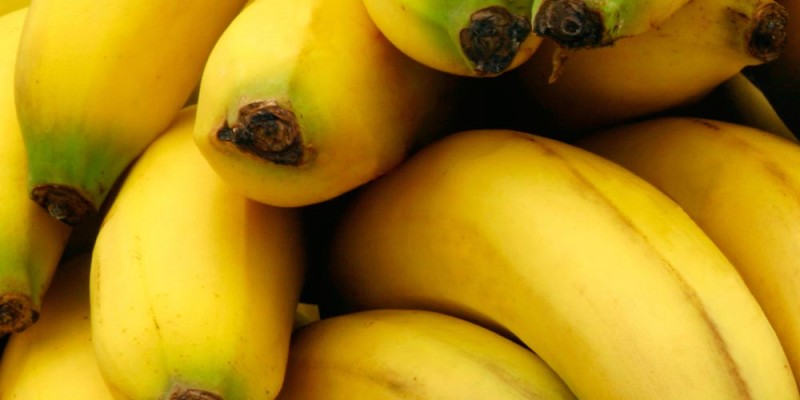In the testing garden assumptions series I test garden practices, products and methods. I started this to look at what I do in the garden to make sure what I was doing was supported by science and have since branched out to evaluate things I have not done. I evaluate the practices products and methods using the scientific method and peer reviewed literature. The intent of this series is to present you with evidence so that you can take it and add it to your experiences as a gardener to make informed decisions in the garden. The opinion on the topics I provide is based on my professional background as a biologist and my many years of gardening.
What I truly hope to culture on this YouTube channel and my Facebook page is healthy and respectful discussions. If you agree with me or not one of the highlights of doing this work is the constructive conversations we have. Those conversations highlight one of my favorite parts of science. It is a huge self-correcting beast and we all have a role to play especially on YouTube as a platform. The peer review of my or any other content creators work on YouTube is invaluable to our knowledge as a global community.
Today I am going to evaluate one of the methods I have promoted in the past on my channel. Worm castings are said to be a fertilizer, improve soil structure and add plant growth hormone and humid acid.
Do worm castings improve soil structure?
For centuries people have known that adding organic material to soil improves its ability to grow food. Worm castings are no different however they do have one immediate benefit that other organic materials may not have.
The worms themselves as they work through the soil naturally till the soil. This helps air and water infiltrate which is of benefit to plants.
Are worm castings an organic fertilizer?
Next let’s take a look at the fertilizer potential of worm castings. The fertilizer potential of worm castings is dependent on what you feed the worms. In order to understand this better I would like to step back and take a look at what you would normally generate in your own house that could be used to make worm castings.
I have evaluated in this series resources like leaves, and woodchips that you can find in your yard and kitchen scraps like coffee grounds, egg shells and banana peels. All of these resources have fertilizer potentials. If you then use those resources to feed your composting worms the nutrients will be combine in the castings. Links to resources giving examples of the nutrient value of worm castings can be found in the description below.[1][5] Now that we have established that worm castings have a fertilizer potential are there any critiszms?
Often when evaluating the individual resources people comment the concentrations of some nutrients are very low. That is absolutely correct. When I report the concentration of nutrients it is often in a unit of measurement like milligrams per liter. If you are adding a resource like banana peels to your compost one milliliter wont add a significant amount of nutrients however over time as you add peel upon peel those nutrients will build over time.
Vermicompost also takes a large volume and condense it down by 40-60% into the final castings.[1] This process concentrates and mixes the nutrients from all of the food sources provided. In the same unit of measurement you are increasing the concentration by 40-60% and generating you are producing a significant enough volume of castings that you are adding relevant amounts of the nutrients to your garden.
The benefit as well is that instead of these resources being sent to a landfill where you have effectively removed those nutrients they are being recycled and used to grow more food at home.
Examples of Fertilizer potential of Worm Castings
Before we move onto the other claims as I was researching this episode I found a paper that was particularly interesting. When researchers took the same feedstock and compared traditional composting methods to vermicompost the worm castings had more plant available nutrients when the initial composting was done.[4] Over time the compost will release all of its nutrients however the worms were able to accelerate this process.
What is the pH of Vermicompost ?
Worm castings have the potential to contain all of the essential and beneficial elements for plant growth with exception of those that are gasses the next questions is what the pH of finished vermicompost. pH is important because nutrients in soils are only available to plants within a certain pH range. If the soil is too basic/high or acidic/low the nutrients are either locked out or bind into forms that are not plant available.
The optimal range for soil pH for most plants is between 7.0 to 5.5.[3] Most papers that evaluate worm castings for a variety of reasons also track the pH over time. Worm castings almost always have a neutral pH of 7 within 60 days. The worms and bacteria neutralize any both basic and acidic materials such as banana peels and coffee grounds respectively. [4] The same process happens in traditional compost however it does take a bit longer.
Worm castings can have a full spectrum of nutrients based on the feedstock material and through the process make sure the pH range is optimal for plants to access those nutrients. Let’s move onto plant growth hormone and humic acid.
Growth hormone and Humic Acid
Humic acid is the result of the decay of organic material releasing acids that are all classified as “Humic Acid”.[7] Researchers at The Ohio State University established to have a positive effect on plant growth however how it works is still being researched.
As the worms break down organic material for their own food they release the waste with significant quantities of Humic Acid.[6]
Plant growth hormone is a little simpler to explain. There are hormones in the soil that also have a positive effect on plant growth.
Numerous studies have also established that process of composting kitchen scraps using worms produce castings rich in both plant growth hormones as well as Humic Acid.
So it appears worm castings main claims are supported by peer reviewed academic literature.
Methods to make vermicompost
There are two simple methods to make worm castings at home. The first is in a worm bin like this one and the other is by making the castings in place.
How to make a worm bin
Worm bins can be complex or quite simple. The basic principle is simple. Worms need moisture, grit and both green and brown materials
Provide the worms with a bed of slightly moist potting soil with a layer of leaves or shredded paper on top. When you have kitchen scraps to feed them pull back the mulch and place the food on top of the potting soil. Eggshells are not only a good source of nutrients but when crushed up finely enough they provide the worms with grit that helps them digest other food sources. You have now provided them with what they need to make rich worm castings.
Worm bins are great if you do not have a lot of space. They are ideal for those with limited space such as container gardens in apartments or patios.
Making worm using mulch
I like to make worm castings right in the garden. I simply lay the materials I want to become worm castings on the surface of the garden soil and let the native worms break the material down. The benefit is the castings are deposited in place while the worms moving through the soil ensure it is well aerated further adding benefit to the plants. In addition this method requires less time.
Types of worms
There are many different varieties of worms and the type of worms does influence the quality and speed at which you get castings. Native species are often eat smaller quantities and reproduce slower than some of the commercial compost worm varieties. Unlike native worms commercial compost varieties don’t usually over winter in the garden this far north.
Composting worms such as red wigglers reproduce faster and are able to eat more kitchen scraps and release more plant available nutrients into the castings in a shorter period of time.[4]
Application techniques
Plant starting
Now that you have some worm castings where is the best place to apply this resource in your garden.
Using worm castings for seed starting and patio gardening.
My favorite place to use worm castings is in the potting mix I use to start seeds and my container garden. Unlike my main garden that has a large enough volume to create a healthy nutrient cycle containers and pots don’t have enough volume. This makes it difficult to get organic material to release the nutrients within. Vermicompost releases plant available nutrients quickly and when used as a mulch or mixed into my seed starting mix often provides the plant with enough nutrients that I do not need external sources to fertilize throughout the season.
Using worm castings in the garden
When planting in the spring I do like to place a hand full of worm castings under seedlings. Transplanting is stressful for plants and the presence of plant available nutrients, humic acid and plant growth hormones helps the plants get settled in. An added benefit at least for a short time is the more effective compost worms are able to work on the mulch layer.
Summary and findings
In summary worm castings live up to their claims of being a valuable source of fertilizer, improving soil structure and containing Humic acid and plant growth hormones. The best part is you can produce worm castings indoors or directly in the garden with little effort.
Worms are one of the organisms that help run the nutrient cycle in the soil turning things that would otherwise be trash into nutrients for your plants that in turn feed you. How wonderful that we have access to these in place recyclers.
As such this is a practice I will continue to use in my garden to turn trash from the kitchen into a free soil amendment that saves me some money and helps produce food for my family.
References
[1] Vermicomposting: Recycling Wastes into Valuable Organic Fertilizer
http://oar.icrisat.org/3677/1/172-2004.pdf
[2] Essential Elements for Plant Growth
http://soils.wisc.edu/facstaff/barak/soilscience326/listofel.htm
[3] Optimal pH range for garden plants
http://pss.uvm.edu/ppp/pubs/oh34.htm
[4] Neutralization of kitchen scraps through vermicompost
http://tropecol.com/pdf/open/PDF_41_1/kp41117.pdf
[5] Fertilizer potential over time of vermicompost using a variety of species
http://www.hindawi.com/journals/aess/2010/967526/abs/
[6] Effects of humic acids from Vermicompost on Plant Growth
http://www.biosci.ohio-state.edu/~soilecol/Full%20articles/2006/Effects%20of%20humic%20acids.pdf
[7] What is Humic Acid
https://en.wikipedia.org/wiki/Humic_acid
